Hidden inside a small workshop at the famous Sarao Motors factory in Las Piñas stands a Jeepney like no other. On the outside, it looks like an ordinary PUJ – its thick metal skin and sturdy steel frame having been expertly assembled into the iconic shape that is famous the world over. In fact, it looks so unassuming, if it wasn’t for the bright green paint job, you would probably just walk past this hand built prototype without realizing the immense role it could play in public transport in the Philippines. The car that has been built here by a team of local and international experts, and that was only recently unveiled to the world, is an electric Jeepney and it will change the way you look at these vehicles forever.
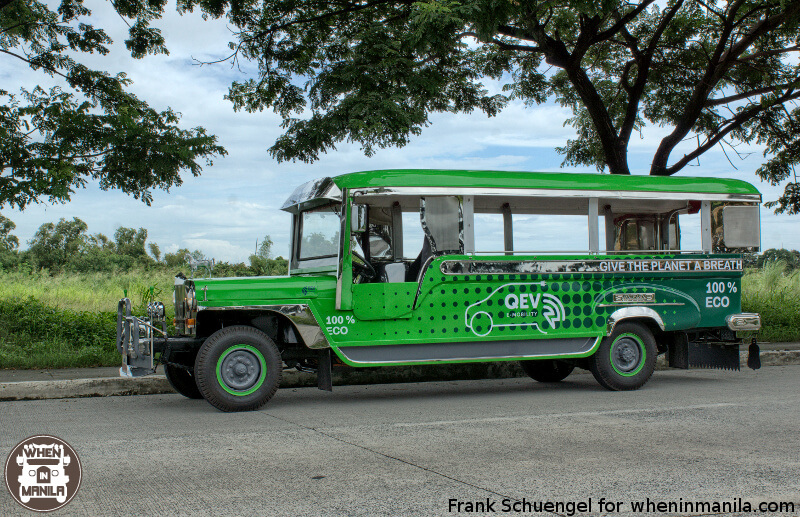
What do the Mahindra Formula E Racing car, the Tesla Electric GT World Series prototype, and the Electric Jeepney seen here have in common?
They were all developed and built with help from the same team of visionary engineers at Spanish firm Campos Racing, but while the first two cars are currently leading the electric charge in the world of motorsports, the electric Jeepney is on track to change the way hundreds of thousands of people will travel on the roads of the Philippines.
The fact it carries genuine racing DNA in its engine bay certainly won’t do it any harm and if everything goes according to plan, then the times when riding a PUJ meant having to endure a barrage of noise and diesel fumes will soon be gone, replaced by an extremely quiet, clean, and environmentally friendly alternative.

Electric Jeepneys are of course not a new invention and I even featured another innovative local vehicle, the COMET, previously. However, the concept behind this car ticks a number of boxes that could make it a large scale game changer. The company behind the project, QEV Philippines, the Philippine unit of Singapore-based electromobility holding firm QEV Capital Pte. Ltd. and a joint-venture between Philippine and Spanish businessmen Endika Aboitiz and Enrique Bañuelos, has correctly identified the need for a solution that works in harmony with the existing Jeepney ecosystem, and that doesn’t require massive changes to be overcome by vehicle owners and drivers.
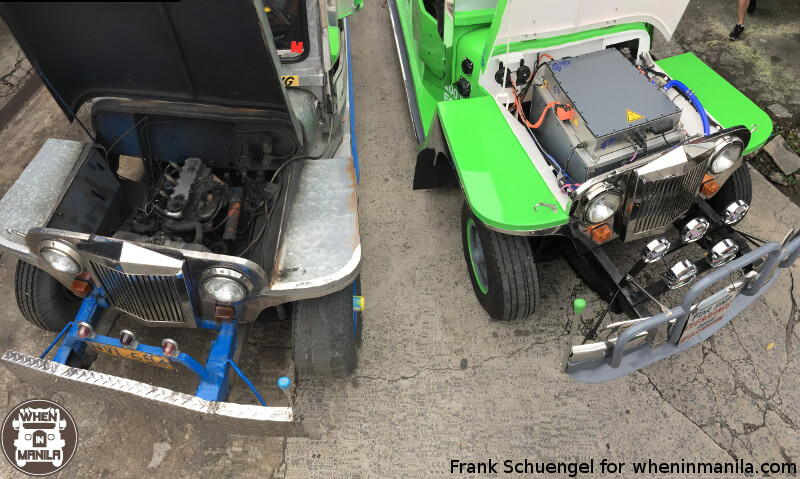
During the vehicle’s initial unveiling last July 20 at the Shangri-La at The Fort in BGC, QEV co-founder Endika Aboitiz explained his plans to the various cabinet officials and private sector partners present at the event like this:
“The Jeepney is as much Filipino as all of you. It is like London’s double-decker bus, it in itself is a moving museum. Taking the Jeepney away is taking away a piece of our colorful history, an icon that many have come to associate with the Philippines. We can preserve the Jeepney and modernize it without taking away its charm.”
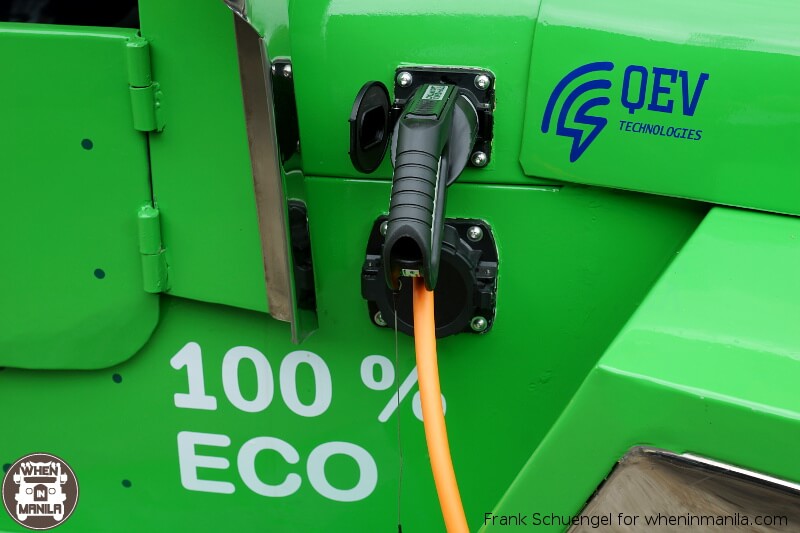
His business partner Enrique Bañuelo added that the proposal is not a replacement, but a rehabilitation:
“Rehabilitate old Jeepneys and make them like new, complete with electric motors that will make it run on electricity instead of diesel. Help drivers pay for the rehabilitation, through a special program that the Philippine government will make out for them—and in the end put more money in their pockets because the costs of charging with electricity would be so much cheaper than filling it up with diesel.”
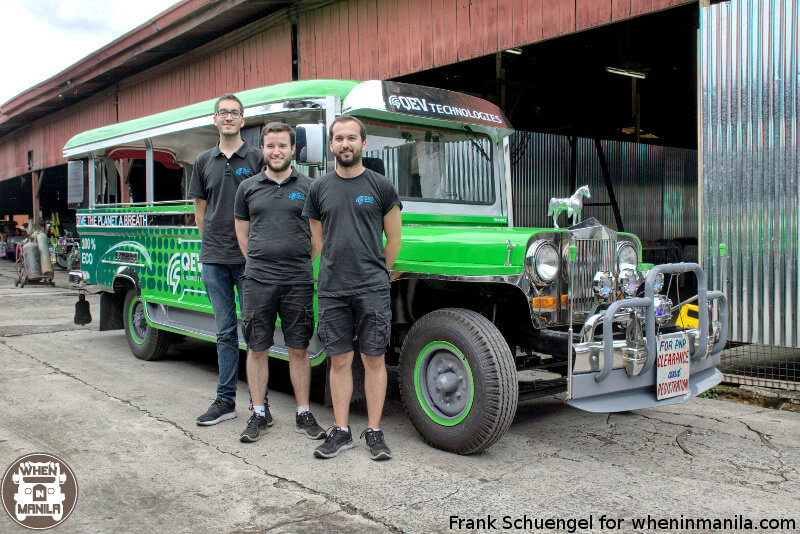
The plan, therefore, was not to create a completely new vehicle with all the research efforts and manufacturing costs this would entail. Instead, current Jeepney models that are still being built now can simply be fitted with the electric drive at the factory, and any already existing Jeepneys can be easily converted. In the ideal scenario, a Jeepney driver brings his Diesel powered vehicle to the Sarao factory (or to any other manufacturer) in the morning, and at night he picks up the same vehicle but now with an electric drive train fitted.
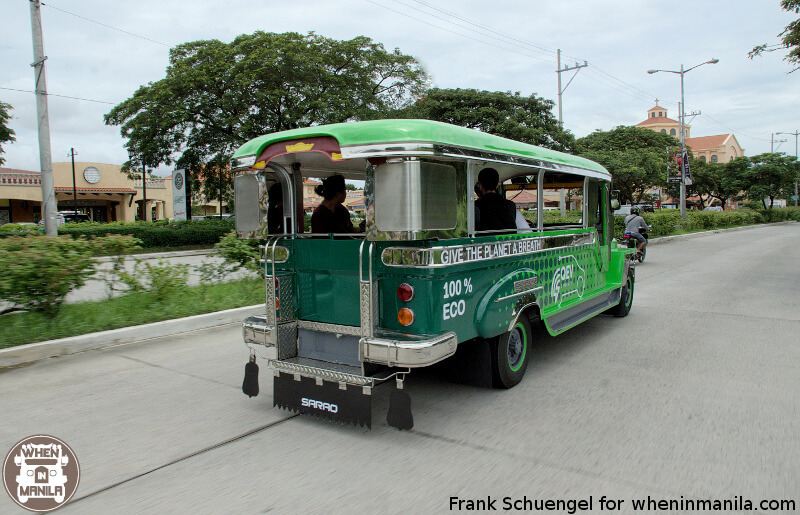
The very prototype you see in the pictures here started life as a regular, diesel-powered Jeepney and was then converted by the engineering team in an effort to create a conversion kit that could be used on thousands of vehicles. The old engine, gearbox, and exhaust are still lying at the back of the workshop, discarded like unwanted relics from fossil fuel burning times, and it is this simple idea that makes this concept such a winner.
QEV Philippines is aiming to convert a total of 50,000 jeepneys over five years (10,000 jeepneys per year) and their efforts will be helped by the fact that there is little to no training needed for the driver, as operating the electric Jeepney is as easy as it is silent. A simple switch lets the driver select between Neutral, Drive and Reverse, and everything else is pretty much still as before. Even the fuel gauge stays the same, only that now it displays the remaining level of a different type of juice.
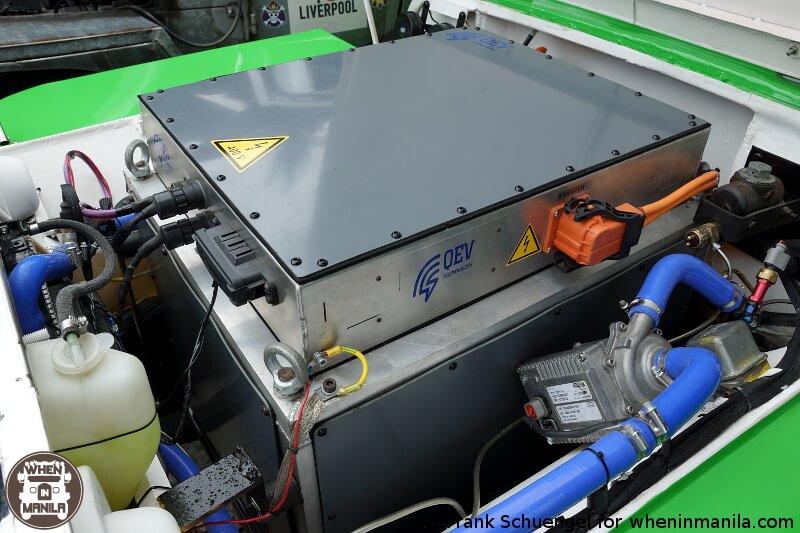
Range anxiety is often cited as a reason against the use of EVs, but Jeepneys work set routes and won’t have this problem in everyday operation. The engineers are estimating that the prototype can drive around 140 kilometers when empty, and between 80 and 100 kilometers when fully loaded with passengers. Recharging it from 20 to 80% battery capacity can be done in 15 minutes with a suitable fast charger and doing so is also cheaper than refueling with diesel. This, paired with the fact that electric vehicles need much less maintenance than combustion engine ones (one moving part in the electric engine vs hundreds of moving parts in a Diesel or gasoline engine) should make the switch an easy decision for any PUJ operator. As for the juice to power it: charging stations—to be powered by AboitizPower’s clean and renewable energy brand “Cleanergy” whose network will be initially formed with the help of Meralco, Shell, Ayala, and SM—will be provided by QEV Philippines.
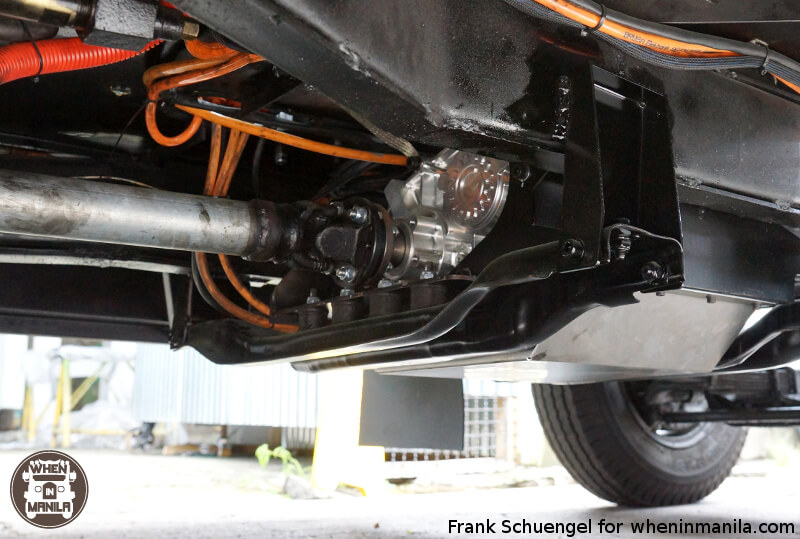
Having not only had the opportunity to ride in it but to also drive the prototype around the streets of Las Piñas, the first thing that hits you is how quiet it is. Electric vehicles are completely silent when standing idle and there is just a gentle noise when the electric motor springs into action at the slightest touch of the accelerator, moving the 2.7-ton people carrier forward with surprising ease.
While the electric motor puts out roughly the same number of horses as the 2.3l Isuzu Diesel that previously lived in the engine bay, the way it delivers the power is of course completely different. The 50KW motor comes with the amazingly smooth and linear power delivery that is typical for electric vehicles and gives the driver all of the power, all of the time. The production models will of course also be able to handle wet roads and torrential rainfalls, with all electric and electronic components sealed from the elements.
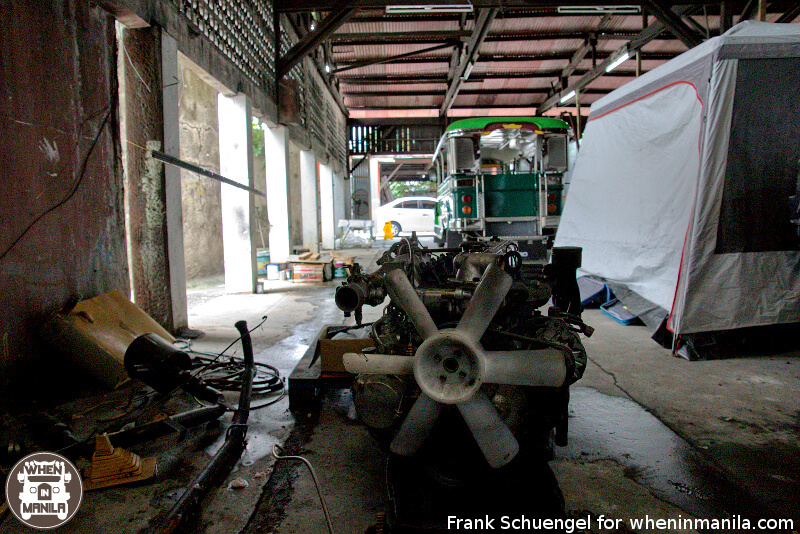
Once you have tried the electric Jeepney, you can’t help but wonder why on earth anyone would ever want to travel in its combustion engine powered predecessor. There can be very little doubt that electric vehicles of all types will play a big role in our transportation future, and I sincerely hope that the electric Jeepney will be one of them. Vehicles like this are desperately needed in the fight against pollution and climate change.
What is also required now is the political will and vision to help projects like this succeed. QEV Philippines’ green Jeepneys are expected to save 375 million liters of oil per year or the equivalent of 3% of the country’s total imported Brent Crude barrels.
If all goes to plan, then the King of the Road will get a new lease of life as a shiny eco warrior, and I for one would really like to see that!




